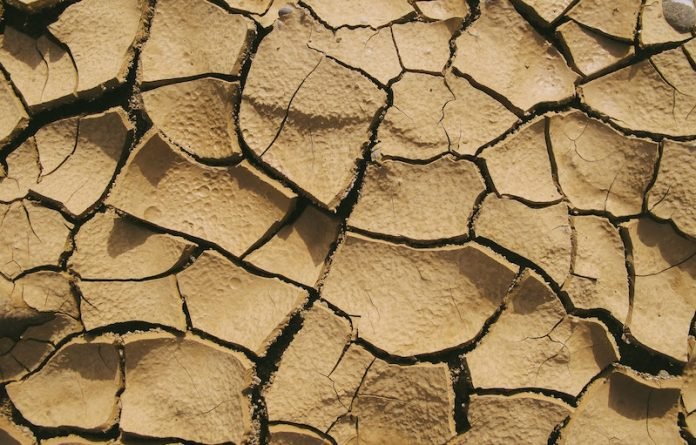
Valley fever, also called coccidioidomycosis, is an infection caused by the fungus Coccidioides.
The fungus is known to live in the soil in the southwestern United States and parts of Mexico and Central and South America. The fungus was also recently found in south-central Washington.
In a study from UC Berkeley, scientists found extreme heat and drought are driving Valley fever’s rise in California.
Coccidioidomycosis—also known as Valley fever—is an infectious disease that is taking an increasing toll on the health of Californians and people living throughout the Southwest.
The researchers have discovered a pronounced role of California’s recent droughts in driving the transmission of the pathogen in the state.
People can contract coccidioidomycosis by breathing in dust that contains spores of the Coccidioides fungus.
The fungus grows in soil and spreads via tiny spores that are inhaled with dust that is stirred up by strong winds, digging or other disturbances to the soil.
California is currently experiencing the highest-ever recorded number of cases of coccidioidomycosis, yet little is known about the role of California’s changing climate in driving these trends, or how future changes in the state might impact the spread of the disease.
In the study, the team analyzed more than 81,000 coccidioidomycosis surveillance records collected by state and local agencies over a 20-year period.
They examined the link between temperature, precipitation, and coccidioidomycosis incidence.
They found that multi-year cycles of dry conditions, followed by a wet winter, amplify coccidioidomycosis transmission.
Disease incidence in arid counties—such as Kern and Kings—was most sensitive to precipitation fluctuations, while the incidence in wetter coastal counties—like Monterey and Ventura—was most sensitive to fluctuations in temperature, potentially explaining why incidence rates have increased more dramatically in these wetter and cooler counties in the state.
The researchers went on to estimate the causal effect of two major droughts in California—one spanning 2007 to 2009, and another 2012 to 2015—on the incidence of coccidioidomycosis.
Interestingly, the researchers found that drought conditions initially suppress transmission, but transmission strongly rebounds in the years immediately following the drought.
However, cases spike in the years that follow drought. During 2016–17, two wet years that followed the 2012–15 drought, the researchers estimated that there were nearly 2,500 excess cases of coccidioidomycosis attributable to the effect of the prior drought on transmission.
This excess of cases more than offset the cases of coccidioidomycosis averted during the drought period.
With the frequency and severity of drought in the state expected to increase under climate change, the researchers say that people should be prepared to see the expansion of disease across California and other western states.
If you care about the flu, please read studies about new discovery that may help stop flu forever, and COVID-19 mixed with flu can raise risks of death and severe illness.
For more information about flu, please see recent studies about the differences and similarities between the flu and COVID-19, and results showing new antiviral drug to treat COVID-19, flu, other viral infection.
The study was conducted by Dr. Jennifer Head et al and published in The Lancet Planetary Health.
Copyright © 2022 Knowridge Science Report. All rights reserved.



